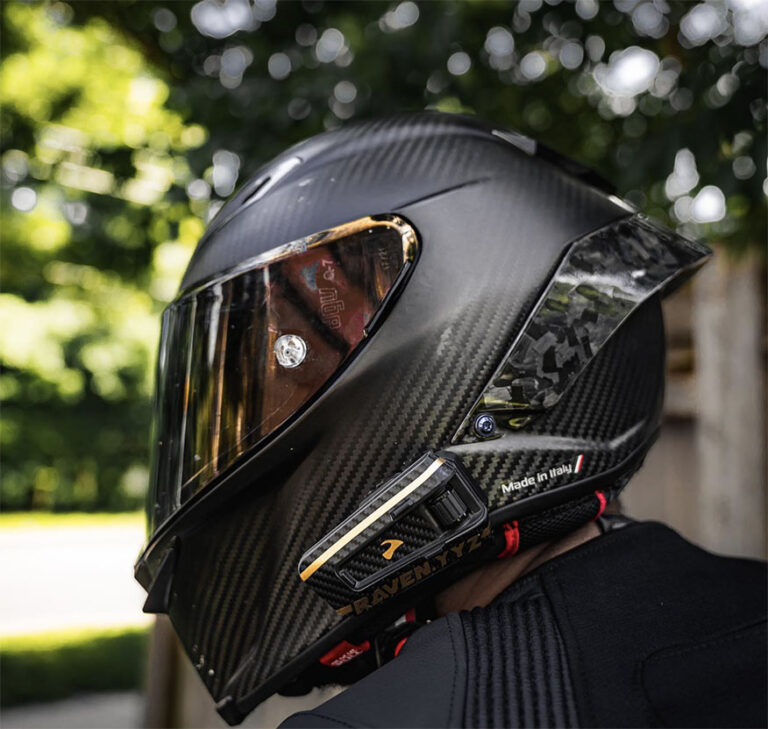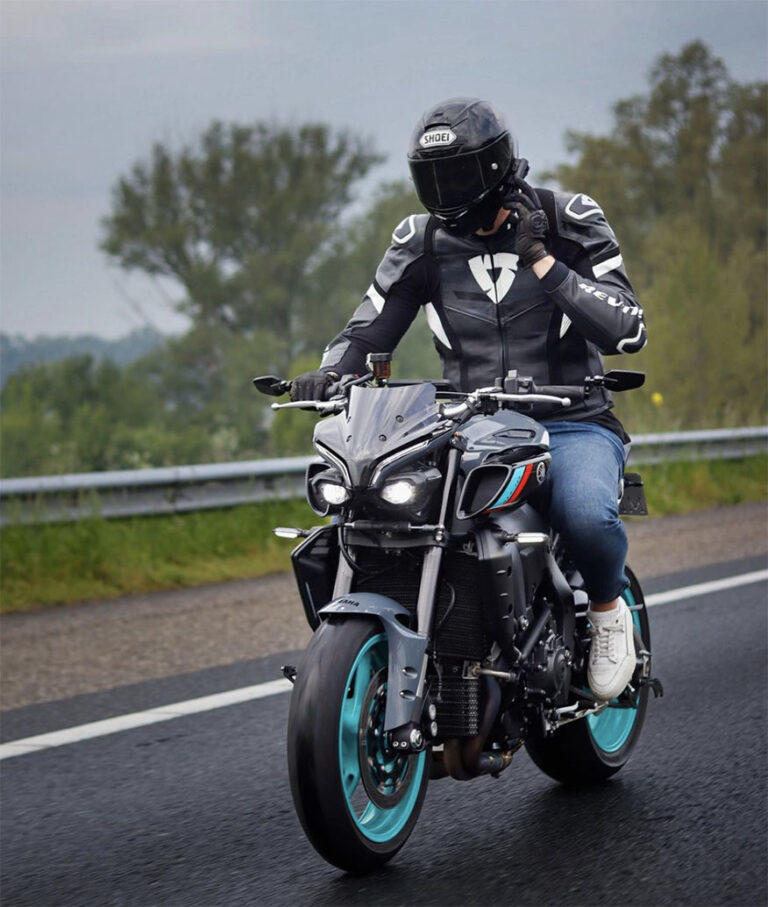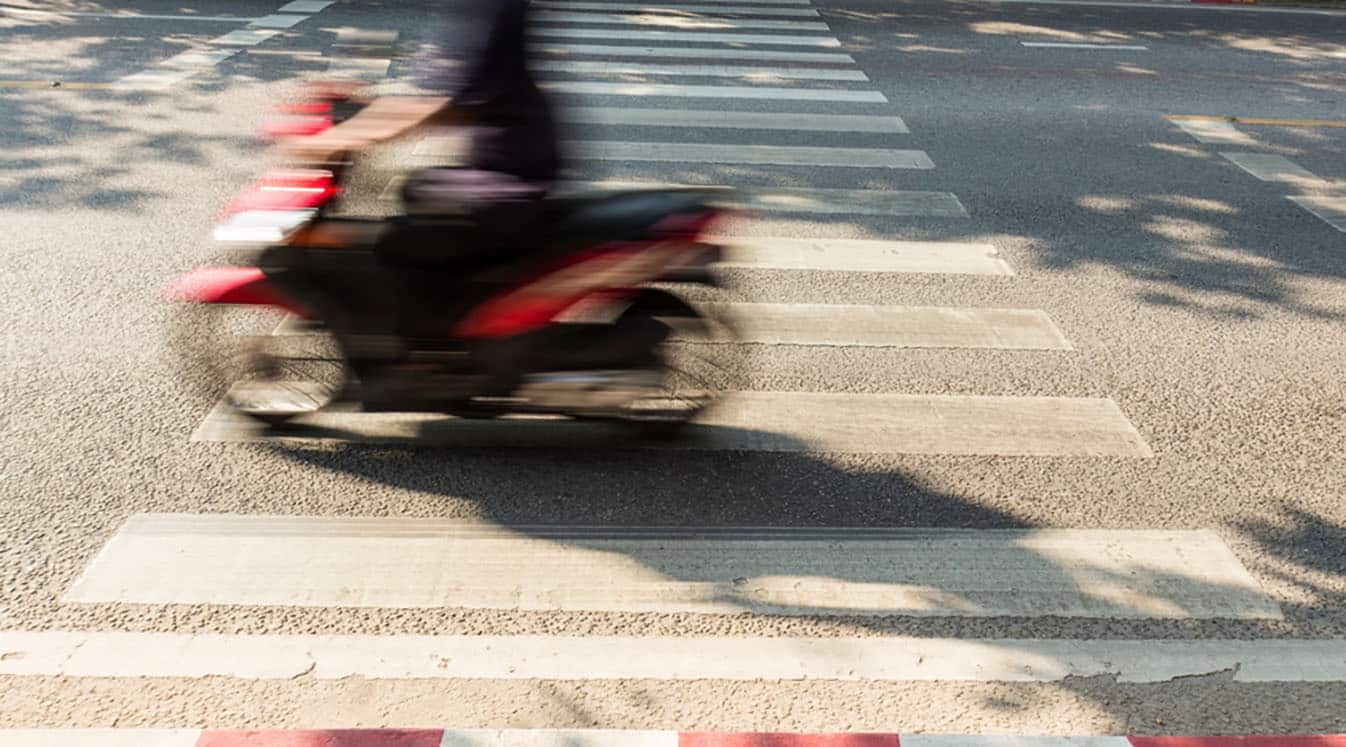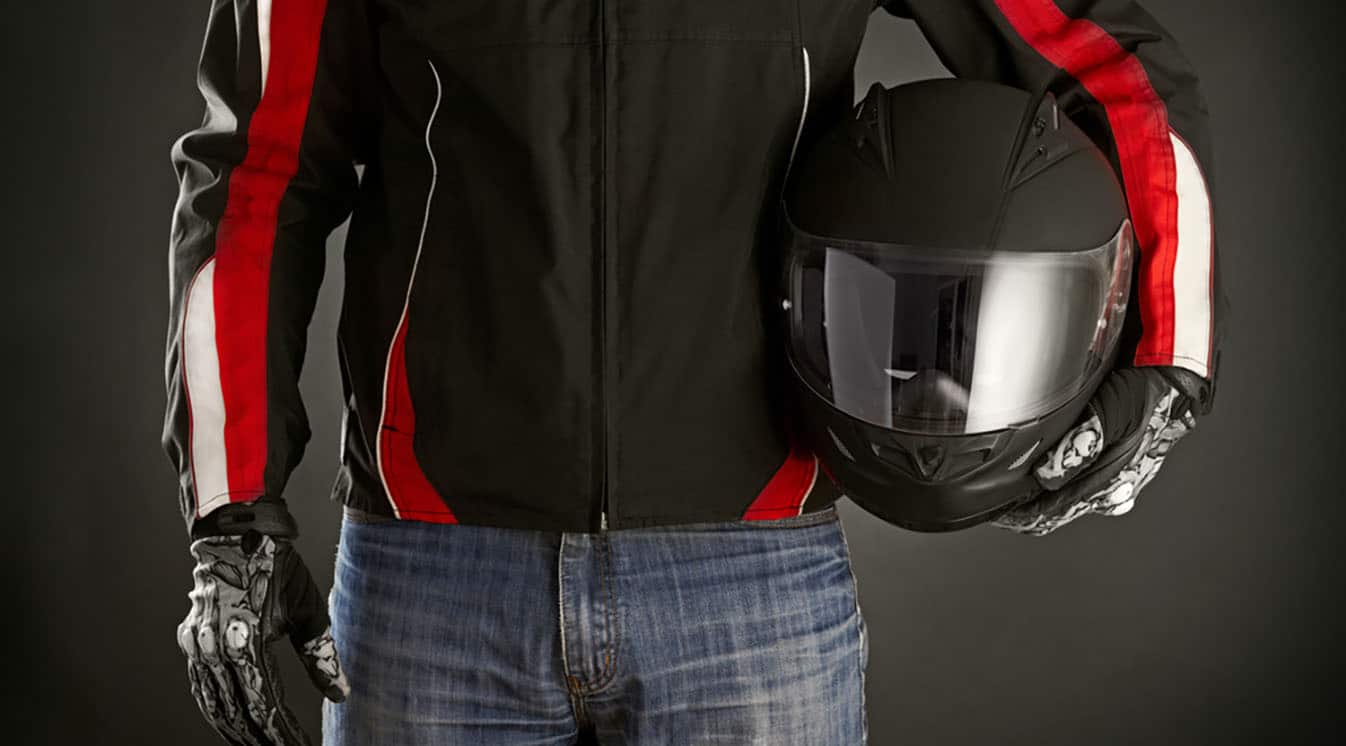Motorcyclists face an alarmingly high risk on the roads — they’re 28 times more likely to pass away in a fatal motorcycle accident and four times more likely to get injured than those in passenger cars. But what exactly makes riding a bike so risky? Learn about the most common road hazards that motorcyclists often face — from slick pavement to unpredictable drivers.
By understanding these dangers, motorcyclists and other motorists can work together to create safer roads for everyone. Let’s take a closer look at how bikers can navigate these challenges and why wearing the proper motorcycle safety gear can protect you from injury so you enjoy a safer journey.
Stock Up on Essential Motorcycle Safety GearSlick Surfaces
Navigating slick surfaces on a motorcycle can be treacherous due to the inherent lack of stability and traction that comes with having only two wheels in contact with the road. Unlike cars, which have four contact points and more weight to distribute, motorcycles are much more susceptible to losing grip and swerving, spinning out or sliding unexpectedly, especially on icy or wet surfaces.
When the temperature drops to near or below freezing, the danger escalates as ice can form on the road, making it extremely slippery. You must keep a close eye on weather conditions and avoid riding during or immediately after periods when ice is likely.
Similarly, during wet conditions, the risk of hydroplaning — a phenomenon where a layer of water builds up between the wheels of the vehicle and the road surface, leading to loss of traction and control — also increases.
Always check the weather forecast before heading out and visually inspect the road for signs of wetness or ice patches to stay safe. Look ahead and gauge the road's condition, giving yourself ample time to react and adjust routes if necessary.
Additionally, you can benefit from using tires suited for wet weather conditions and adjusting your riding techniques to reduce speed and avoid sudden maneuvers on slippery surfaces.
Uneven Road Surfaces
If you're a motorcycle rider, dealing with uneven road surfaces is likely something you've encountered more than once. These road hazards, including potholes, raised pavement and areas with dips, can seriously challenge your control over your bike.
Navigating potholes can be particularly tricky, as they can appear suddenly — especially on roads that lack regular maintenance. The impact of hitting a pothole can potentially cause severe damage to your motorcycle’s wheels or tires or knock you off your bike altogether. This makes for a rough ride and increases the risk of car accidents.
Other uneven surfaces, like cracked pavement or areas where the asphalt has settled unevenly, can also pose risks. These problems may not be visible, especially at night or during poor weather conditions, making them difficult to anticipate and avoid.
Keep your eyes on the road ahead and slow down in areas known for poor road conditions. Maintaining a relaxed yet firm grip on the handlebars and using your legs to absorb shocks can help you manage unexpected bumps and dips more effectively.
Intersections
Intersections are hotspots for motorcycle crashes, with about 35 percent of motorcyclist fatalities occurring at these points. The complexity of traffic movements at intersections increases the risk for riders.
Due to their smaller size, drivers may not see motorcycles or might misjudge their speed, leading to collisions. To reduce the risk of motor vehicle accidents, you must approach intersections with extra caution and heightened awareness.
Defensive riding techniques, such as slowing down and positioning themselves to be more visible, can substantially lower the risk of motorcycle crashes at intersections, making them safer for all road users.
Oncoming Traffic
Oncoming traffic presents a series of challenges for motorcyclists, including vehicles that might swerve unexpectedly, change lanes abruptly or corner at high speeds. These situations become even more dangerous when vehicles or motorcycles are traveling above the speed limit.
Adopt a defensive riding strategy so you are always ready to anticipate and react to the actions of other drivers. Keeping within speed limits and signaling clearly when changing lanes or cornering are other practical steps to improve safety. By staying alert and prepared to respond quickly, you can better manage the risks posed by oncoming traffic.
Airborne Debris
You won’t have four doors, a windshield or a roof to protect you from all the debris flying through the air, including rocks, bugs, dirt and loose gravel, all of which can impact your ability to drive. Objects can hit you in the face, making it harder to see.

In order to avoid road debris, you can install a windshield on your motorcycle to reduce the airflow, but the best solution is to cover every inch of your body in protective clothing, including long sleeves, pants, gloves and a full-face helmet with a protective visor.
Blind Spot Collisions
Motorcycles don’t take up as much room on the road as traditional passenger vehicles. This makes it easy to weave in and out of traffic and other tight spaces, but all that maneuvering can get you into trouble if the other vehicles can’t see you. Riding in someone else’s blind spot can lead to a serious collision.
Practice safe driving on the road and use caution when passing other vehicles. Do not stay in other drivers’ blind spots and use proper illumination to stay visible after the sun goes down. Maintain a safe distance from other vehicles by increasing your following distance, especially when driving around large trucks, and get out of their way when they are backing up or turning.
Head and Spinal Cord Injuries
The most common types of motorcycle injuries are head and spinal cord injuries. Flipping your motorcycle or getting thrown from the bike can end with one of these tragic injuries.
Accidents happen on a motorcycle, especially when you’re just starting out. Protect yourself from the inevitable by wearing a full-face or half-face helmet with goggles. You can also wear shoulder, neck and knee pads to cushion the fall as much as possible. Motorcycle helmets are 37 percent effective at preventing fatal injuries, according to the U.S. National Safety Council, so we always recommend wearing a helmet to stay safe.
How Should a Motorcycle Helmet Fit?Leg Injuries
Your legs are susceptible to serious injuries while riding among other vehicles. Additionally, dropping your legs to the ground while riding can also leave your feet scraped and bruised.
Fortunately, staying aware of your surroundings and wearing durable boots with reinforced grips can help you keep your feet on the footpegs.
Distracted Driving
Not paying attention to the road and your surroundings will increase your risk of injury.

But you still need to communicate with your fellow riders when traveling in a group. Learn about the best motorcycle hand signals to share information without putting yourselves at risk.
If you don’t feel comfortable taking your hands off the handlebars, use motorcycle helmet communication to talk hands-free while riding. It will automatically reconnect whenever you’re in range to help you stay in touch every step of the way.
Stay Vigilant on the Road
Riding a motorcycle is a fun and thrilling adventure, but it’s important to remember safe riding practices and wear the proper gear. By being mindful of the factors that can cause motorcycle accidents, you can enjoy the ride without compromising your well-being.
Use Motorcycle Helmet Communication to Stay Safe




